This might be the only thing you read about metabolism that isn’t trying to sell you something.
Your metabolism is the rate at which your body burns energy.
Your body uses calories for energy, like your car uses gas for energy.
You need calories to power your body’s systems, such as digestion and circulation. But you also need calories to move.
When you eat too many calories, you store them as fat. This is where things get complicated: Calories from sugar are more likely to be stored as fat because sugar tricks your body into thinking “here come a lot of calories.” And it’s usually right: It’s easy to pack a LOT of calories into sugary foods. But I’ll keep this at a high level for now.
You want a FAST metabolism, meaning your body burns a LOT of calories. If you’re trying to lose weight, you need to burn more calories than you eat. Obviously, you should eat less. But there are three ways you burn calories:
Basal metabolic processes: the number of calories your body burns when you’re not moving. This is measured as “basal metabolic rate,” or BMR. The more muscle you have, the higher your BMR will be. The less muscle you have, the lower your BMR will be. Muscle burns calories to stay alive.
Thermic effect of food: It costs a bit of energy to digest food. Not much. It takes slightly more energy to break down proteins and fats than to break down carbs. This is maybe 10% of your total daily intake, at best.
Energy expenditure from physical activity. These are the calories required to move you. The more you move, the more you burn. Walking and shopping don’t count for much. You will not lose weight mowing the lawn or taking one flight of stairs every day. Even an hour of intense aerobic exercise might improve your daily calorie use by around 20%.
That’s it.
The real way to burn calories is to increase your muscle mass. That means lifting weights.
Let’s say you have a basal metabolic rate of 1,000 calories per day. You eat 1,500 calories per day (yeah right—no one eats that little) and you do spin class for an hour. Let’s say your food choices are pretty good, and you have protein or fat with every meal.
Your BMR + thermic effect from food + exercise = 1,300 calories. You’re still gaining weight. If you did this exact thing every day, you’d gain a pound around every 18 days.
Now let’s say you boost your BMR. The ONLY way to do this is by building muscle (or maybe sleeping on the sun, or eating those chemical foot-warmers, or taking thermic steroids. Superfoods won’t do it. Neither will apple cider vinegar nor laxatives nor cigarettes.)
If your new BMR is 1,200, and you eat the same 1,500 calories per day, the thermic effect of food will be the same. But the calories you burn during exercise will go up along with the calories you burn to live.
Your new BMR, thanks to a bit more muscle, is 1,200.
Your BMR + thermic effect from food + exercise = 1,530. You’ve actually lost a bit of weight.
You burn calories right after exercise, when your muscle feeds itself. But you burn far MORE just walking around … and the more muscle you have, the more calories you burn off.
Creating a caloric deficit is the first step to losing fat. It’s not the only step. But if I were going to tell a person the first step to weight loss, I’d tell them to lift weights. The second step: Cut out sugar.
Inspiration provided by Chris Cooper at Catalystgym.com.

